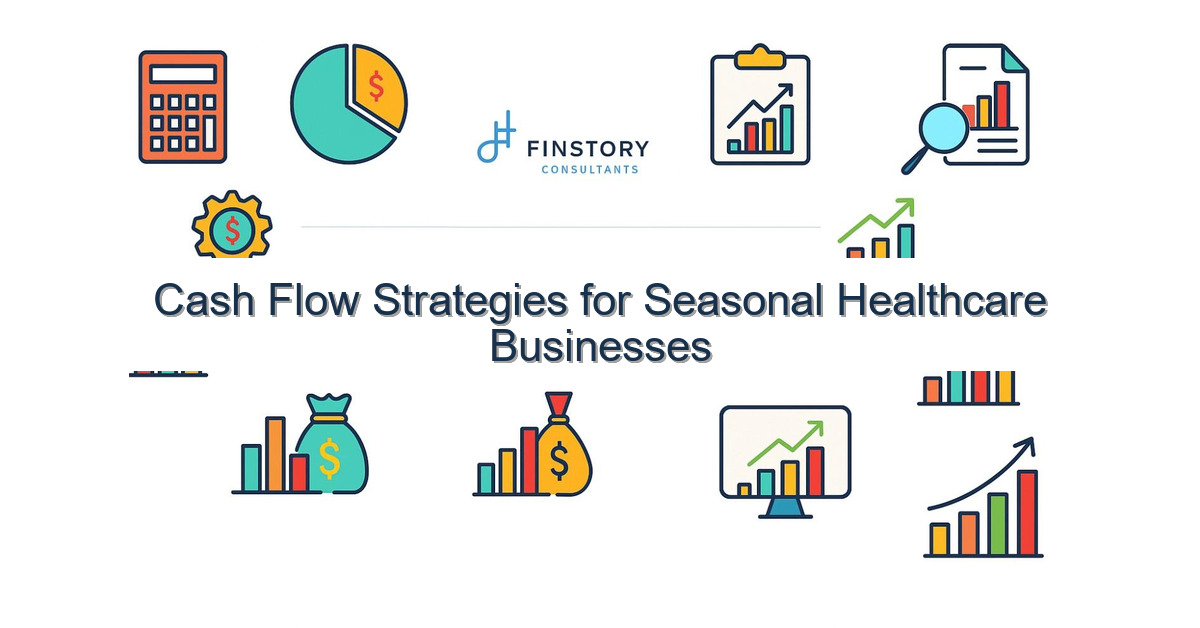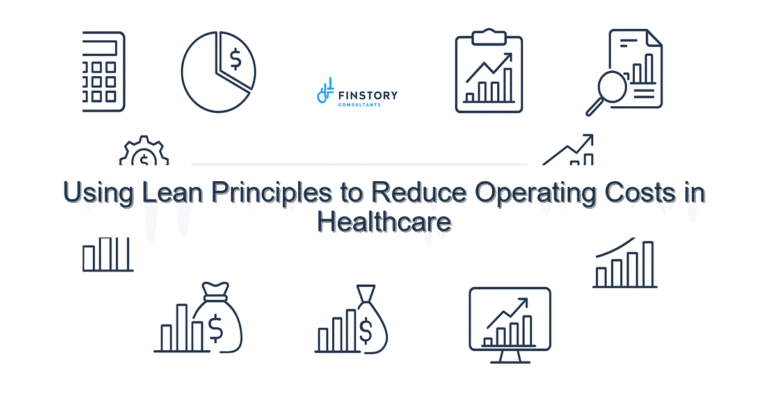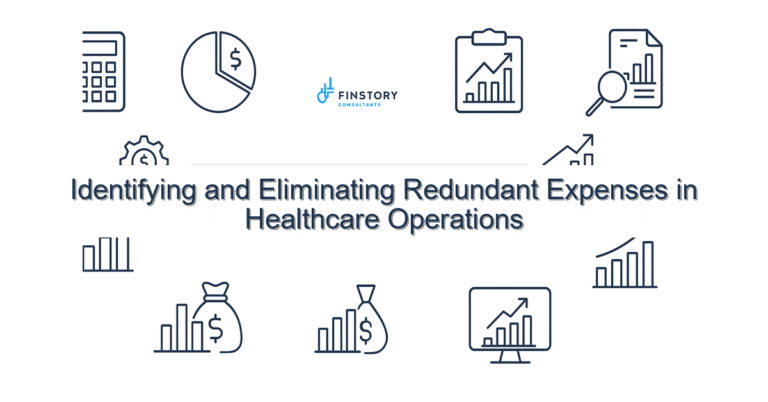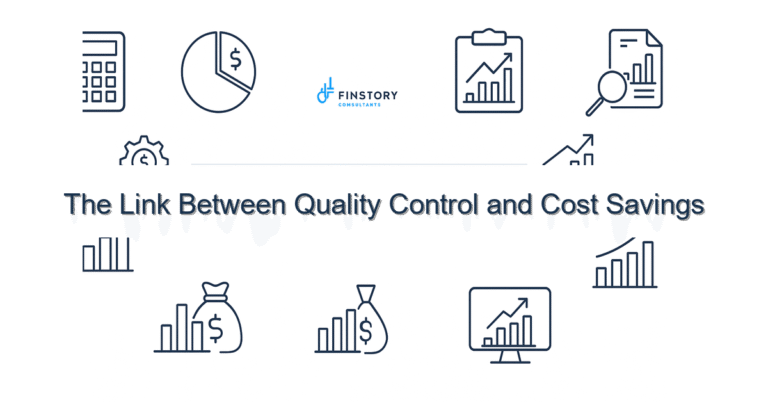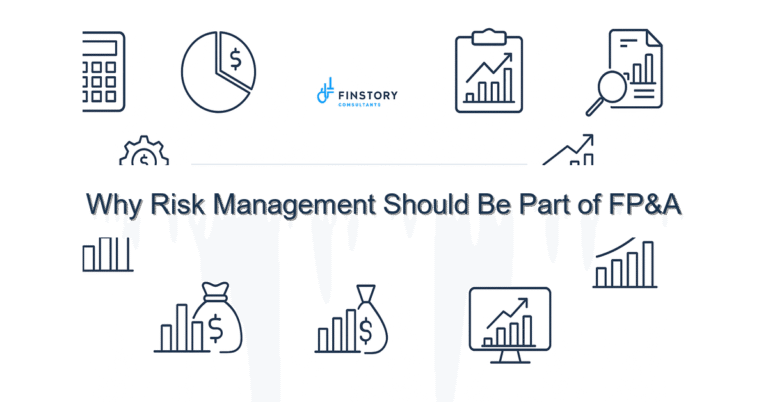Cash Flow Strategies for Seasonal Healthcare Businesses
Seasonal swings in patient volume feel personal. One month you’re stretched thin keeping up with elective procedures; the next month revenue slips while fixed costs stay the same. You’re not alone—healthcare leaders I work with face the same tension between unpredictable cash and the responsibility to keep care running.
Summary: Build a predictable, decision-ready cash plan by shifting from calendar snapshots to a rolling, driver-based forecast, pairing it with operational triggers and lightweight automation. The payoff: fewer surprises, lower emergency borrowing, and smarter tradeoffs on staffing and supplier terms.
What’s the real problem?
Seasonal businesses in healthcare—ambulatory surgery centers, home health, urgent care chains, and specialty clinics—have uneven revenue but largely fixed payroll and facility costs. That mismatch creates recurring cash stress.
- Accounts receivable spikes after peak season create lagging cash inflows.
- Payroll and lease obligations don’t flex with patient volume.
- Leaders react to cash shortfalls with expensive, last-minute borrowing or cuts that hurt capacity.
- Forecasts are static, updated monthly, and don’t translate to operational decisions.
What leaders get wrong
Leaders try to force seasonal operations into non-seasonal processes. That looks like trusting last year’s monthly budget as gospel, hoarding a single cash buffer for every contingency, or assuming vendor terms can be renegotiated overnight. These approaches feel safe but leave money on the table and slow responses when the market shifts.
Respectfully: the problem isn’t lack of effort. It’s structure. Finance teams are measuring the wrong rhythms and operations aren’t getting timely signals.
A better approach
The right approach treats cash as a flow problem, not a balance problem. Here’s a pragmatic 5-step framework you can operationalize this quarter.
- 1) Build a rolling 13-week cash forecast tied to operational drivers. Use volume, payer mix, and average check size as inputs—not just last month’s receipts.
- 2) Translate the forecast into operational triggers. Define thresholds (e.g., forecasted cash below X or AR aging over Y days) that trigger specific actions from ops: adjust clinic hours, delay non-critical hires, or accelerate collections.
- 3) Smooth with targeted levers. Apply practical levers like flexible staffing pools, cadence-based supplier payments, and staged capex instead of blanket cuts.
- 4) Automate and visualize. Automate data pulls from billing and payroll, surface the forecast in Power BI or similar, and deliver a one-page leadership dashboard for weekly huddles.
- 5) Govern weekly, review monthly. Hold a short weekly cash huddle with ops and finance and a monthly strategic review with chairs or the board for directional decisions.
Short story: A three-site ambulatory surgery group I worked with was running on a 30-day operating cushion and yet faced 60-day AR spikes after elective peaks. We built a 13-week driver model tied to the OR schedule, automated data pulls, and set a 2-hour weekly cash huddle. Within one quarter they increased forecast accuracy from ~70% to ~92%, avoided a $350k line draw, and used the saved interest to fund a small marketing push for a slower month.
Quick implementation checklist
- Run a 13-week cash forecast this week using actuals + volume drivers.
- Identify your top 5 cash drivers (e.g., OR cases, admissions, payer mix).
- Map timing: when revenue is billed vs. when cash arrives (payer-specific).
- Set two operational triggers and agree on actions for each.
- Negotiate one flexible supplier term or staged payment plan.
- Stand up a simple Power BI dashboard with cash runway, AR aging, and top drivers.
- Schedule a 30-minute weekly cash huddle with ops, clinical leads, and finance.
- Automate one reconciliation (bank or AR) to free up analyst time.
What success looks like
- Forecast accuracy for 13-week cash projections improves to 90%+.
- DSO (days sales outstanding) reduced by 7–14 days within 6 months.
- Reduction in emergency borrowing or revolver usage—target 75% fewer draws year-over-year.
- Faster decision cycle: weekly cash decisions down from multi-day debates to 30-minute huddles.
- ROI: automation and improved collections payback within 3–9 months from reduced interest and labor.
Risks & how to manage them
- Forecast error from unexpected clinical shifts. Mitigation: maintain scenario plans (best, base, worst) and a small contingency buffer sized to the worst-case scenario.
- Operational pushback on variable staffing or payment terms. Mitigation: involve clinical leaders in trigger-setting and show the impact on patient access and outcomes with simple before/after dashboards.
- Payer delays or denials that spike AR. Mitigation: strengthen front-end eligibility checks, prioritize high-value claims in follow-up, and create a playbook for rapid escalation.
Tools & data
Practical tools reduce friction. Finance automation for AR and bank reconciliations cuts manual errors. Power BI (or your preferred visualization tool) turns the 13-week model into a leadership-ready dashboard. The data you need lives in scheduling/EHR, billing, payroll, and the general ledger—focus on timely integrations, not perfect historical cleanses.
Leadership reporting should shrink to one page: cash runway, variance to plan, top risks, and agreed actions. That one pager powers weekly conversations and keeps the organization aligned.
Next steps
If you want to move from reactive firefighting to confident stewardship, start with a single 13-week forecast tied to one operational driver. Run it this week, convene your ops partner, and agree on two triggers. If that feels like too much to build internally, reach out—Finstory helps healthcare teams stand up the model and the governance without disrupting care.
Work with Finstory. If you want this done right—tailored to your operations—we’ll map the process, stand up the dashboards, and train your team. Let’s talk about your goals.
📞 Ready to take the next step?
Book a 20-min call with our experts and see how we can help your team move faster.
Prefer email or phone? Write to info@finstory.net
or call +91 44-45811170.
